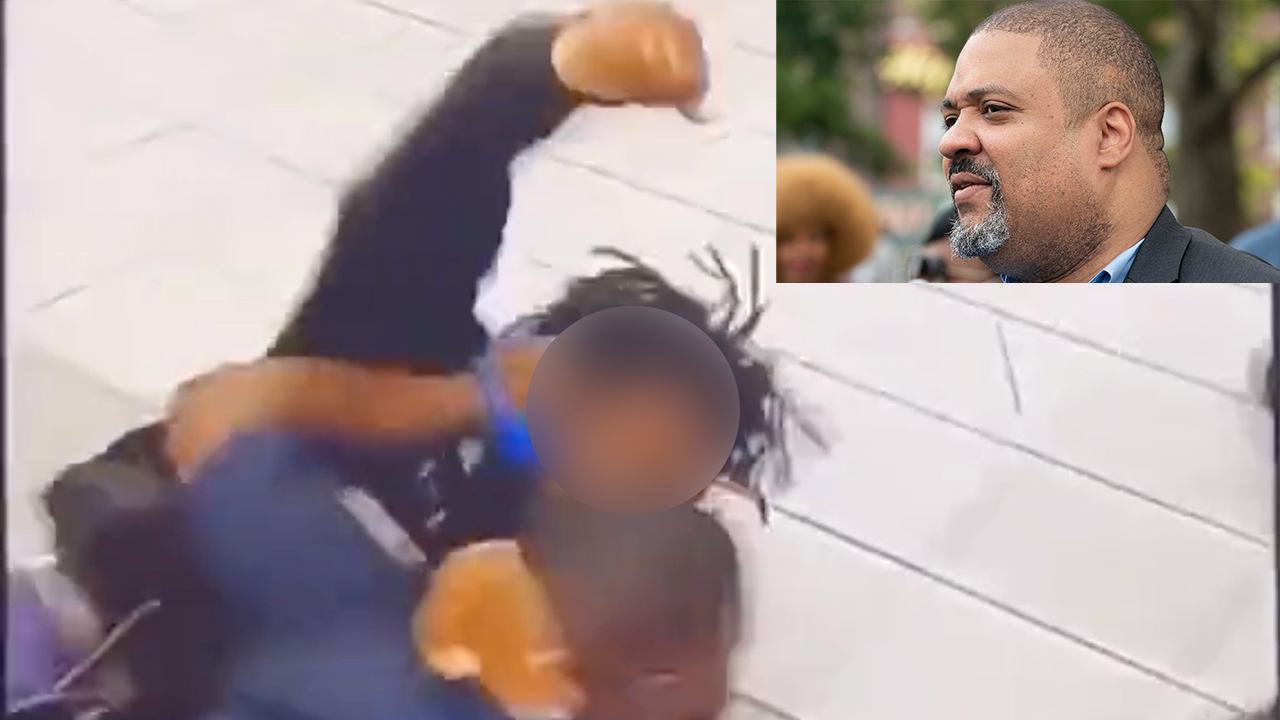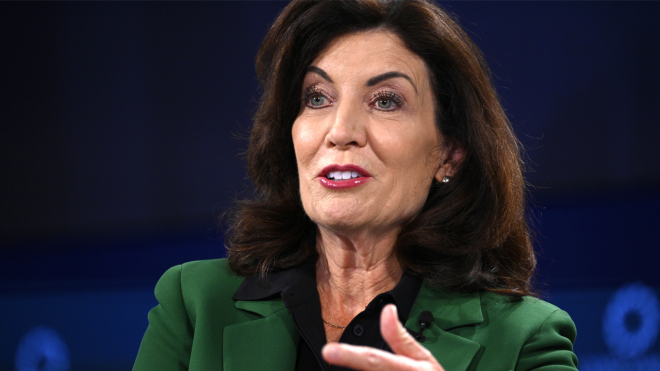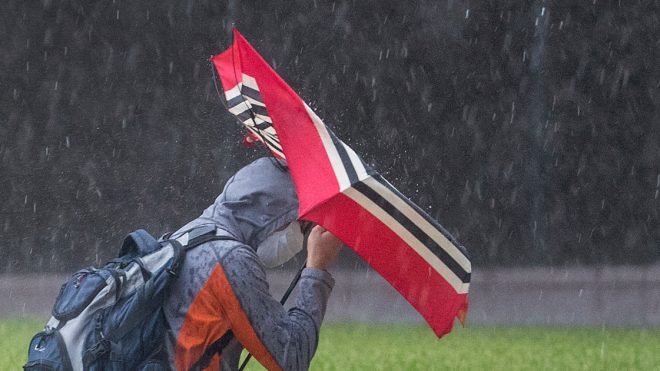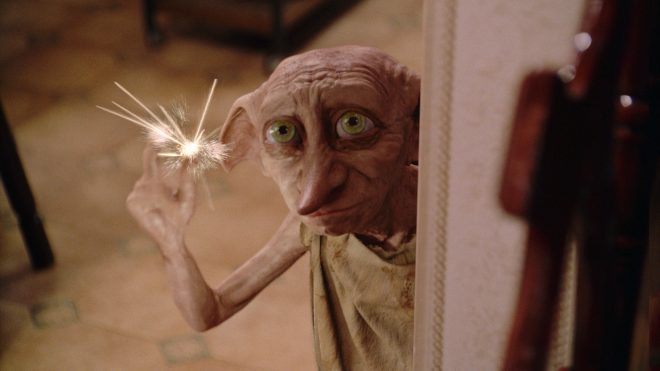Health experts concur that suspending COVID-19 restrictions, which served to protect the public from a range of viruses, is to blame for the uncharacteristically early upsurge in RSV infections, particularly among youngsters. hide caption AP
switch to caption AP Health experts concur that suspending COVID-19 restrictions, which served to protect the public from a range of viruses, is to blame for the uncharacteristically early upsurge in RSV infections, particularly among youngsters.
AP As the temperatures drop, the risk of COVID-19 and influenza increases. Additionally, individuals with the respiratory syncytial virus, also known as RSV, have been overrunning hospitals for the past few months. Public health professionals caution that a “ tripledemic ” could occur this winter.
Hospitals are already at capacity due to the exceptionally high incidence of RSV infections this early in the year. RSV typically sends thousands of kids to the hospital in the fall and winter, but for the second year in a row, researchers have seen an unusual rise in cases that started in the summer.
Health RSV can cause pneumonia and bronchiolitis in very young children, but in adults it typically presents as a mild sickness with symptoms similar to a cold. In infants and elderly people, it can be fatal.
But to what extent should parents be worried? Here are some of the most frequently asked questions regarding the RSV infection, who is most at risk, and what may be causing the outbreak this year.
WHAT COULD MAKE RSV SPECIFICALLY BAD THIS YEAR? Health professionals concur that the earlier-than-usual spikes are a result of the widespread relaxation of COVID-19 measures, which served to protect the public from a range of viruses, even though it may still be too early to know for sure.
‘We saw the frequencies of all viruses decrease when the pandemic entered the U.S. in March 2020,’ Dr. Vandana Madhavan, director of advanced pediatrics at Mass General Brigham in Boston, told NPR. She explained that this was mostly because people stayed inside, wore masks, and constantly washed or sanitized their hands.
In the spring of 2021, when limitations started to weaken, health professionals started seeing strange patterns in the movement of these respiratory infections. Another risky increase has occurred this year as a result of the return to pre-COVID social interactions, travel, and in-class instruction, according to Madhavan.
HEALTH She said, “There’s something else going on.” Very young infants who were born soon before or during the pandemic did not benefit from frequent or early exposure to common viruses, such as RSV, which would have helped develop an immune.
We have a large group of young children that haven’t experienced the typical continual exposure to viruses at daycare, in preschool, or in the neighborhood. And now that they’re being exposed, it’s really getting to them,’ Madhavan said.
Due to these circumstances, there are now, according to some medical professionals, an unprecedented number of newborns and kids being treated in emergency rooms and pediatric intensive care units across the nation.
This is not the new normal, I hope, Madhavan stated on Friday. But this year, it’s worrying since it’s still only late October and we have no idea what the rest of the fall and, especially, this winter will bring.
Why are young children and infants most susceptible to respiratory viruses? According to the Centers for Disease Control and Prevention, by the time they are 2 years old, almost all children have experienced an RSV illness. Like the vast majority of healthy persons, it typically results in mild, cold-like symptoms. However, it can also lead to serious pneumonia or bronchitis in young children, especially in newborns and kids under the age of five.
The issue is that due to their small size, they lack the strength to cough or sneeze away the extra mucus and fluids that are blocking their airways.
They struggle to expel the extra fluid, which causes them to have breathing problems, which subsequently make it difficult for them to eat and drink, according to Madhavan.
Such instances may require oxygen support, suctioning, and IV fluids as RSV therapies.
Every year, roughly 58,000 children under the age of five are hospitalized with RSV, according to the CDC’s data . Adults over 65 are the second most vulnerable demographic, with the virus accounting for 14,000 of their annual deaths.
WHERE CAN YOU TAKE PRECAUTIONS TO AVOID RSV? According to health professionals, handwashing, drinking enough of water, avoiding touching the face, and sanitizing surfaces all help prevent RSV or stop it from progressing into a more serious sickness.
However, Madhavan advised parents of infants or young children to keep young ones away from adults who have recently been ill.
She advised being bold and asking them directly how they are feeling. “When people ask that question, a lot of times the person on the other line really only thinks to add anything if they’ve been extremely unwell, so they don’t think to mention if they’ve had a mild cold,” says the author. For an infant or toddler, though, it might develop into a serious case of RSV, she added.
Getting updated COVID booster and influenza vaccines, according to Madhavan, is the most effective approach for kids and adults to try to keep healthy throughout the remaining fall and winter months.
The flu vaccine is available to anybody older than six months. It takes a few weeks for the shot’s full protection to kick in, according to Madhavan. She said, “If a child is under eight and has never received the influenza vaccination before, they need two doses given one month apart before obtaining full immunity two weeks following the second dosage.”
In September, the COVID bivalent boosters for those five and older went on sale. Additionally, children older than six months old are eligible for any of the three COVID-19 vaccines. Madhavan cautions, “Don’t wait until we’re in the middle of another COVID wave to acquire the booster.”
IS THE RSV VACCINE AVAILABLE? Although many are being developed, there is currently no RSV vaccination.
palivizumab is a treatment, though, that is accessible to infants at high risk. Premature infants and other newborns who are at a high risk for developing severe RSV disease can receive it as an injection. It is given once each month during the RSV season.
It is not a vaccine because it does not aid in the immune system’s ability to produce longer-lasting immunological protection, but Madhavan said that it continues to provide high-risk children antibodies against RSV every month during those high-risk times in order to provide them with additional protection.
Palivizumab is not, however, consistently administered to all children, Madhavan emphasized. Part of that is brought on by the drug’s potentially harmful side effects, which include throat swelling, quick or labored breathing, muscle weakness, and unresponsiveness.
WHEN SHOULD YOU SEEK AN ER? RSV patients have been flooding hospitals, ERs, and pediatric ICUs across the nation for several weeks. So it’s crucial to understand when to go to the emergency room and when it could be a better, healthier decision to stay at home, according to Madhavan.
She strongly advises against going to the ER to get RSV or other respiratory infections checked.
“It’s advisable to pick up the phone and call your doctor or nurse instead of coming into a setting that can mean a long wait or might mean exposure to other illnesses that your child and family don’t have and could have hazards on their own,” she said.
According to Madhavan, medical practitioners can typically review a list of warning indicators and offer suitable at-home therapies.
They may advise starting nasal saline drops, using a humidifier, taking a shower, or doing other things to help loosen up mucus and lessen congestion based on that information, she said. If the child is older than one, they might advise using honey to treat a cough or offer advice on how to lower a fever.
However, Madhavan cautions that if a baby or young child is struggling to breathe, it could be necessary to seek out more intensive care. That includes a flared nostril, grunting during inhalation and exhalation, or pulling in and out of the skin between or behind the ribs or the collarbone.













